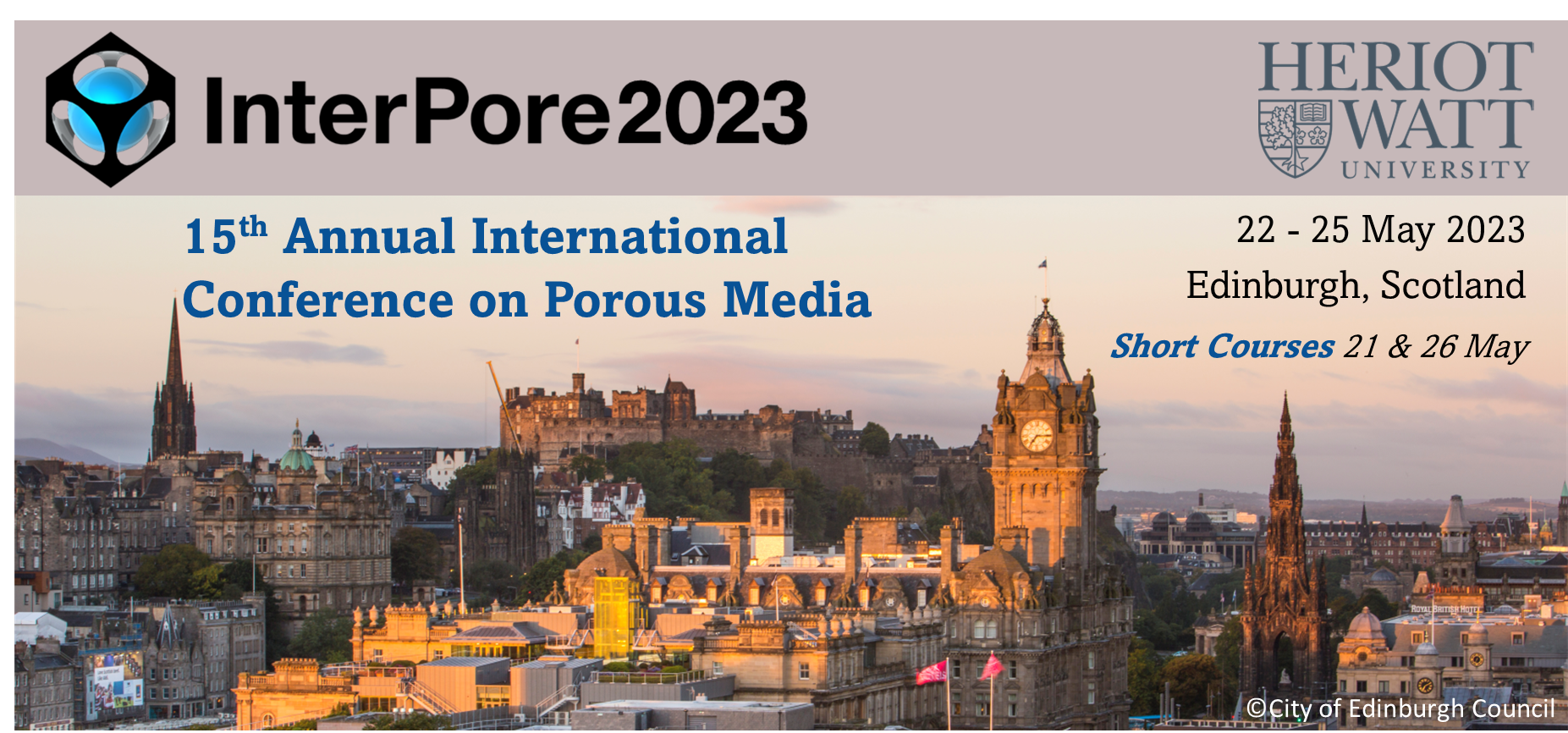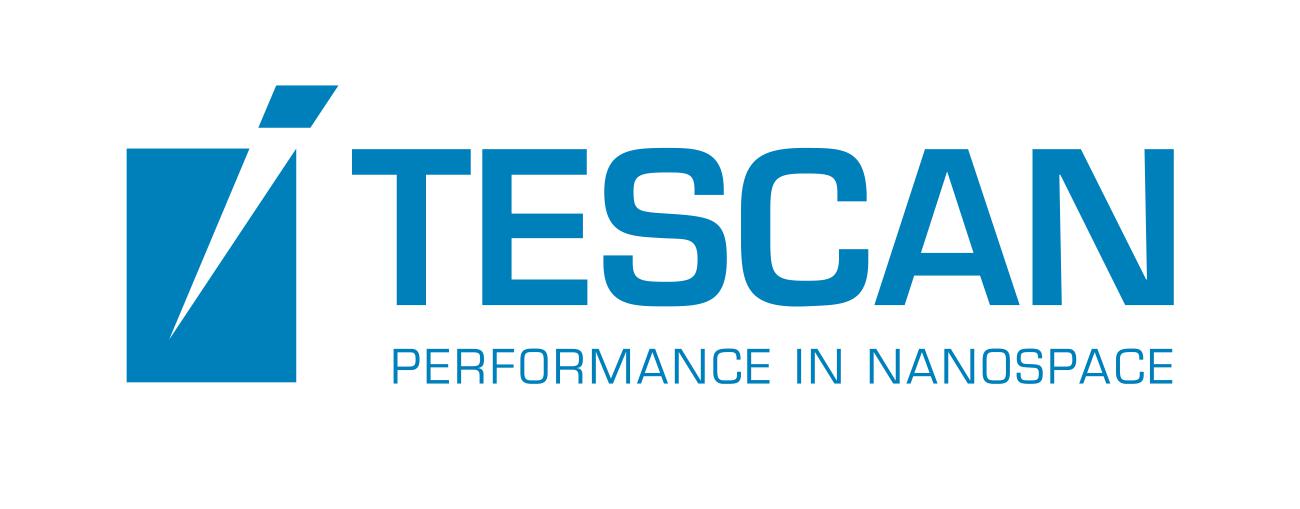Speaker
Description
In this work, we present an efficient 2D/3D Finite Element implementation to simulate the propagation of elastic waves, in the time domain, in porous media. The input data for our solution are binary images, of which each voxel can be solid or pore. We consider regular structured meshes composed of cubic elements, compatible with the image-based approach. Our implementation takes advantage of this regularity for the integration over each element. In addition, we lump the mass matrix to make it diagonal and use an element-by-element technique so that we never have to assemble and store the global mass and stiffness matrices. This strategy aims to provide large-scale simulations with low memory consumption. We use the Leapfrog technique for temporal integration, an explicit technique whose main feature is to improve numerical stability. We tested the implementation in different scenarios, such as oblique propagation of wave beams and oblique incidence on solid/solid interfaces. Furthermore, we apply the implementation described here to calculate the effective wave velocities of rock samples from their microtomographic images. We compared the results with the Finite Element elastostatic analysis.
| Participation | In-Person |
|---|---|
| Country | Brazil |
| MDPI Energies Student Poster Award | No, do not submit my presenation for the student posters award. |
| Acceptance of the Terms & Conditions | Click here to agree |







